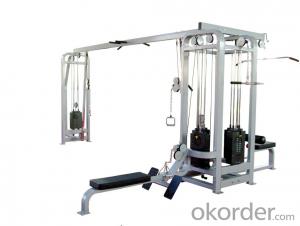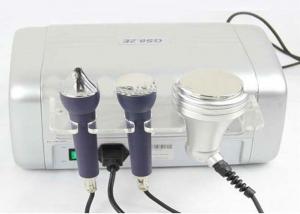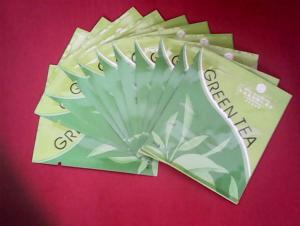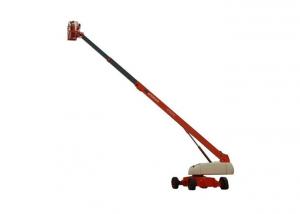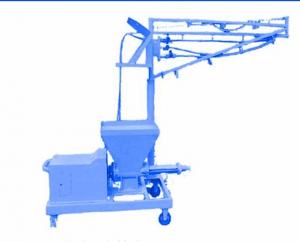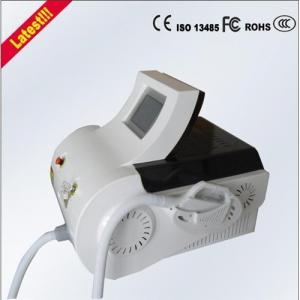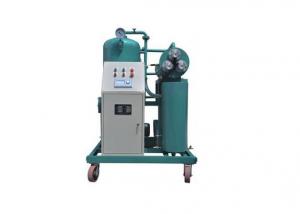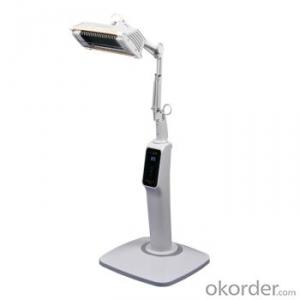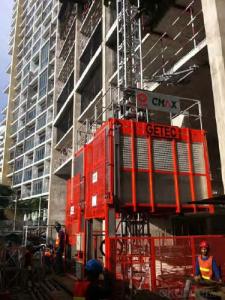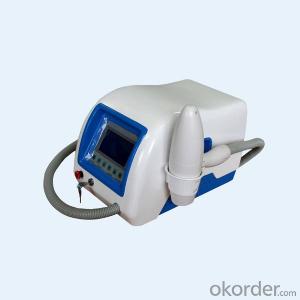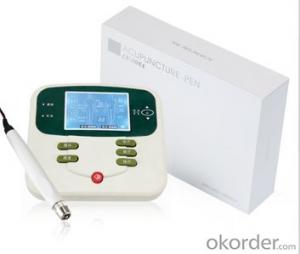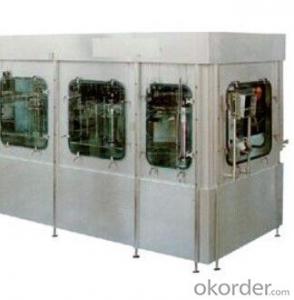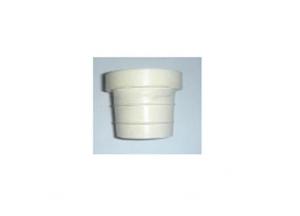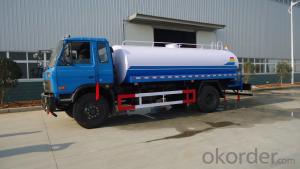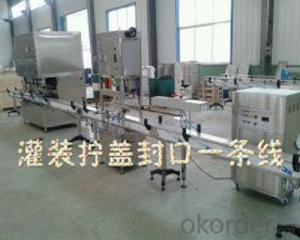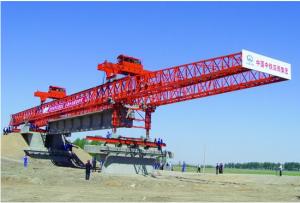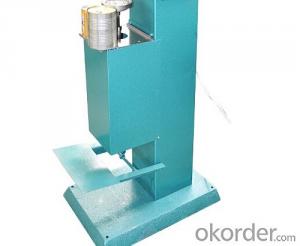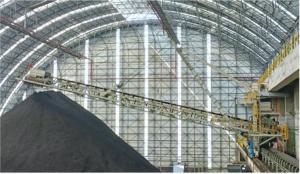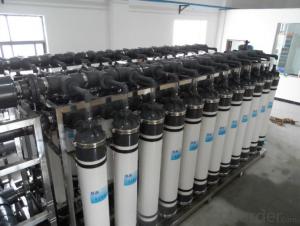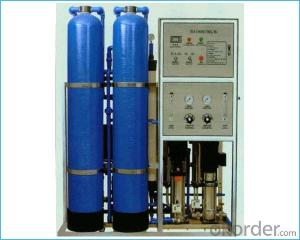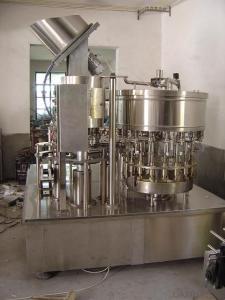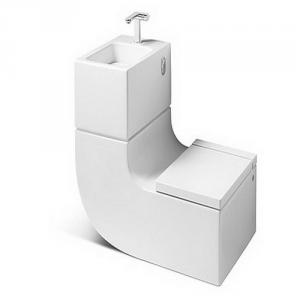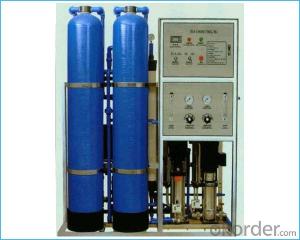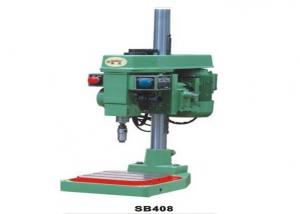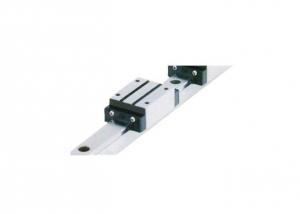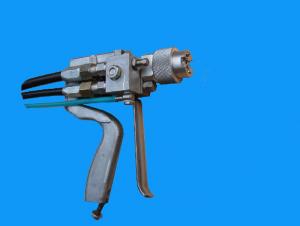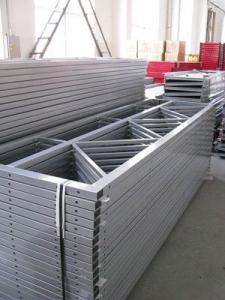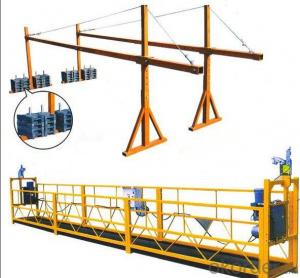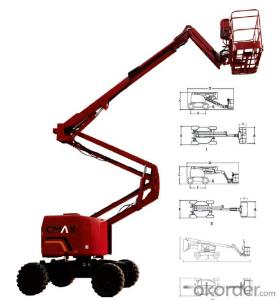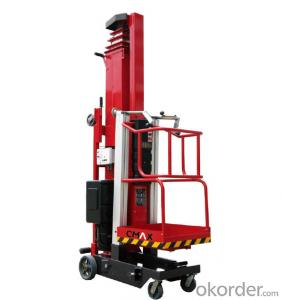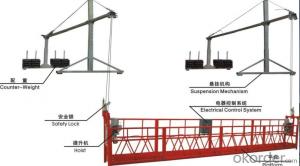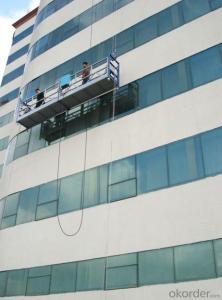Therapeutic Gymnasium Equipment
Therapeutic Gymnasium Equipment Related Searches
Occupational Therapy Equipment Chattanooga Therapy Equipment Contraction Equipment Medical Equipment Tucson Able Rehabilitation Equipment Refurbished Medical Equipment Glass Grinding Equipment Walker Medical Equipment Power Transmission Equipment Shuttering Equipment Electronic Bench Test Equipment Herbicide Spray Equipment A Frame Lifting Equipment Kid School Furniture Medical Equipment Europe Filament Winding Equipment Shower Hardware Sets Shower Hardware Non Electrical Equipment Electronic Assembly Equipment Classroom Chairs With Wheels Handicap Elevators For Homes Tub Hardware Auto Lifting Equipment Sanitary Bathroom Fittings Orthopedic Physical Therapy Bathroom Wares Electronic Ordering Equipment Electronic Equipment Recycling Panoramic ElevatorTherapeutic Gymnasium Equipment Supplier & Manufacturer from China
Therapeutic Gymnasium Equipment encompasses a wide range of products designed to facilitate physical therapy and rehabilitation. These products include items such as parallel bars, exercise mats, and resistance bands, which are all aimed at helping individuals recover from injuries or improve their physical abilities. These pieces of equipment are essential for promoting mobility, strength, and flexibility in patients undergoing physical therapy.Therapeutic Gymnasium Equipment is widely used in various settings, such as hospitals, rehabilitation centers, and even at home for individuals who require ongoing therapy. The equipment is designed to cater to different patient needs, from those recovering from surgery to those with chronic conditions that require regular exercise. Physical therapists and trainers often utilize these tools to create customized exercise routines that target specific muscle groups and address individual patient goals.
Okorder.com is a reputable wholesale supplier of Therapeutic Gymnasium Equipment, boasting a large inventory that caters to the diverse needs of healthcare professionals and patients alike. By offering a comprehensive selection of high-quality products at competitive prices, Okorder.com ensures that customers have access to the tools necessary for effective physical therapy and rehabilitation. Their commitment to customer satisfaction and ongoing support makes them a reliable choice for those in search of Therapeutic Gymnasium Equipment.
Hot Products


